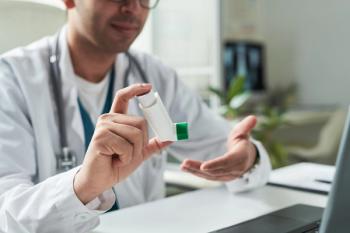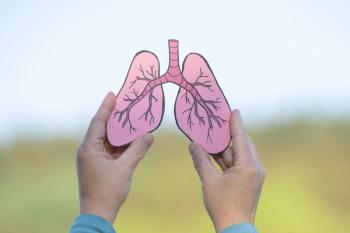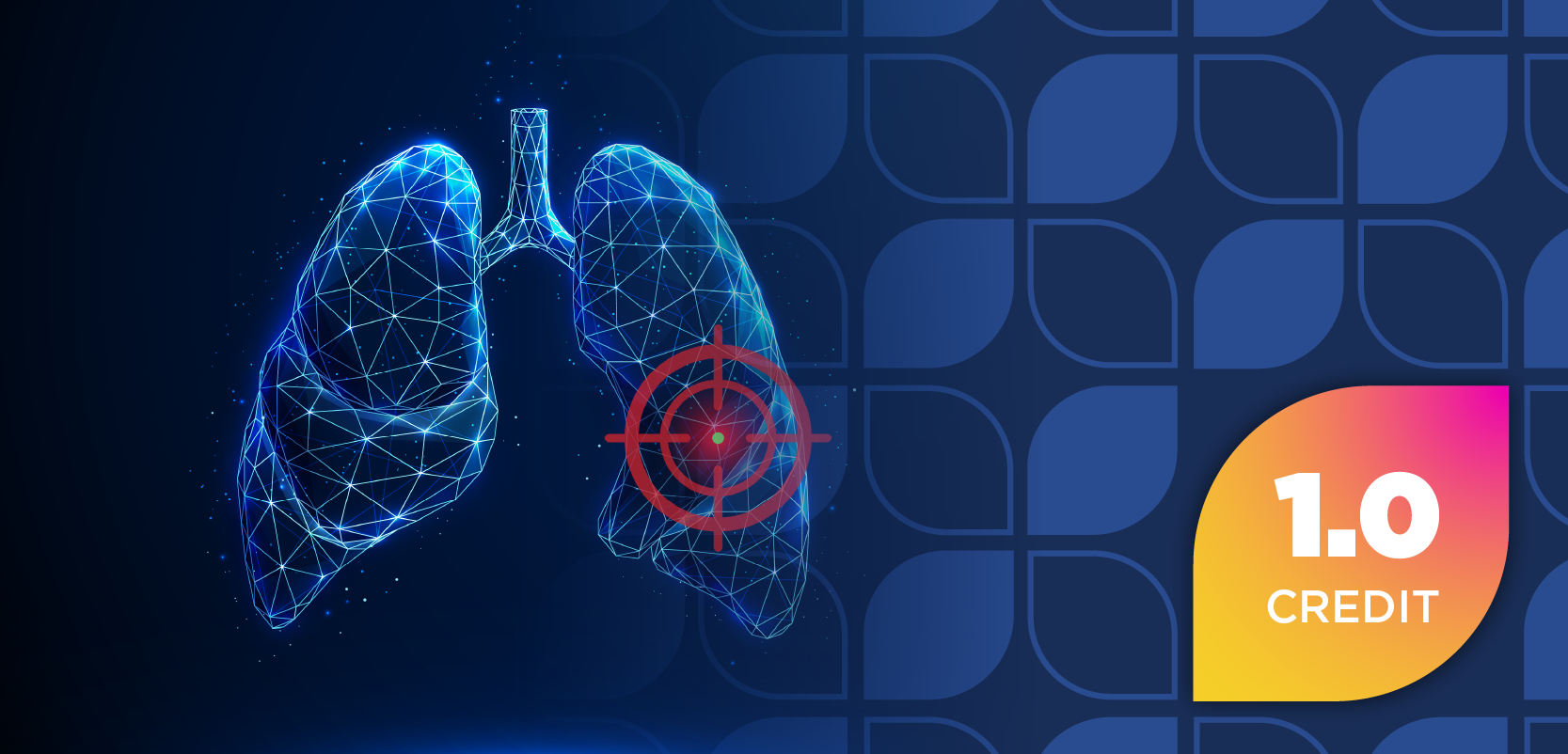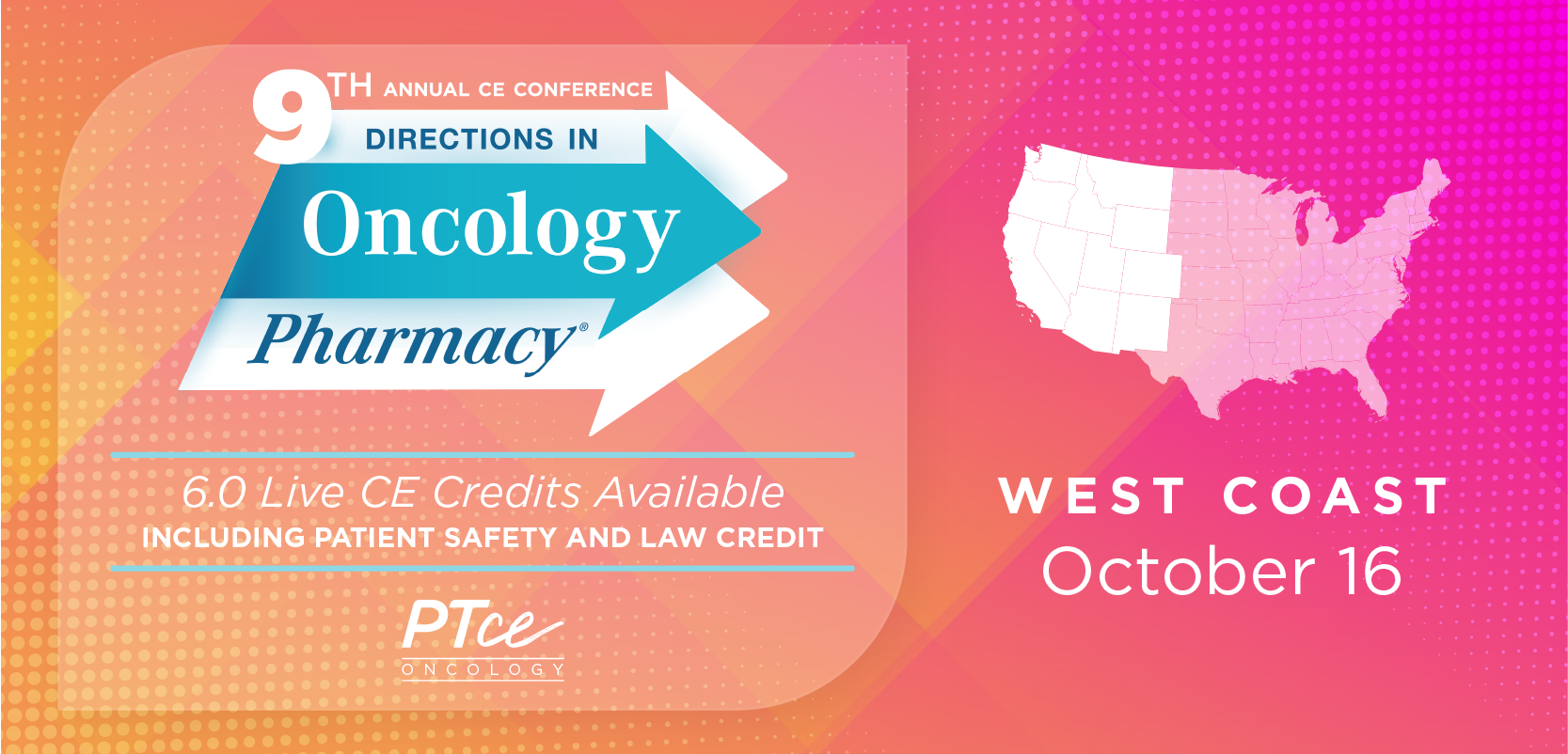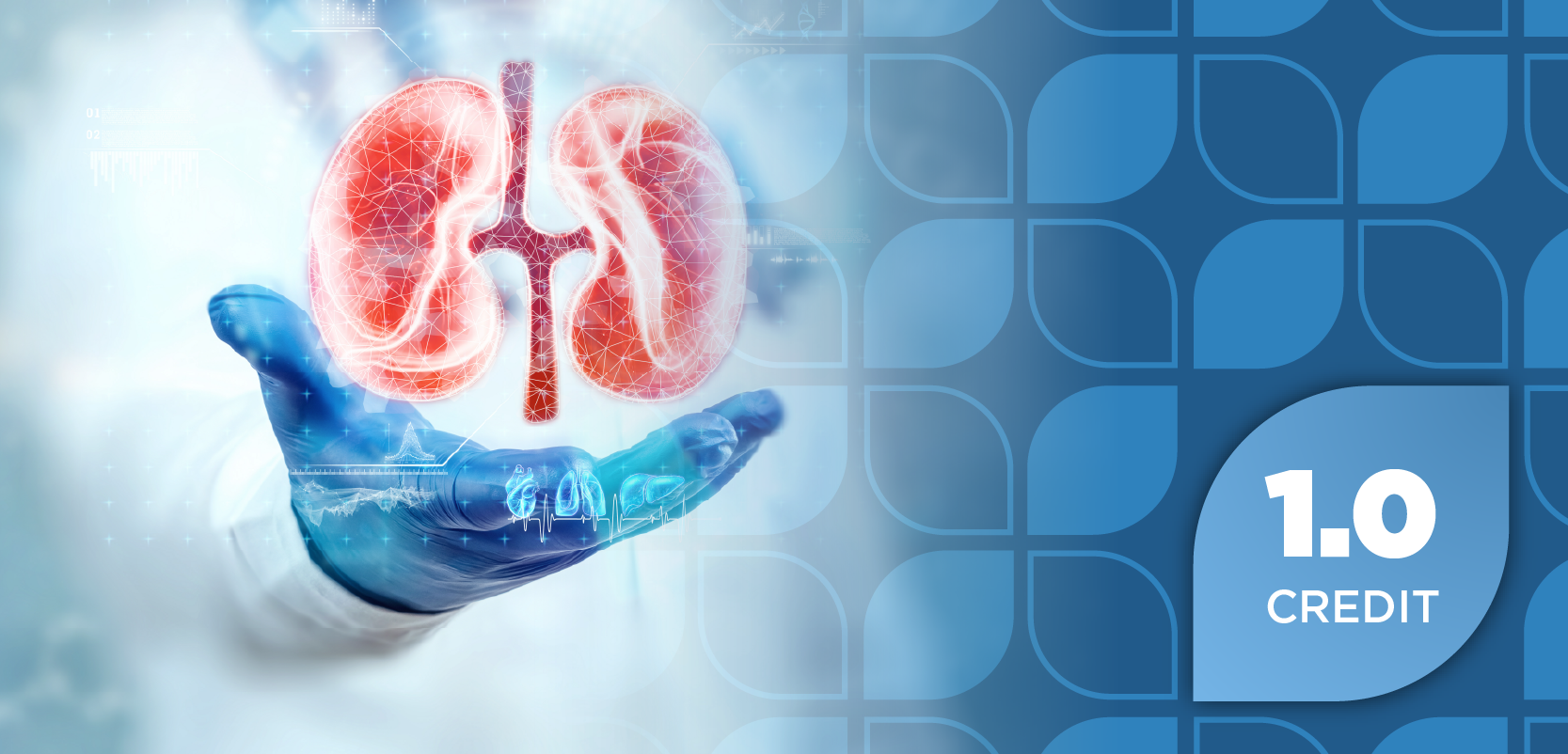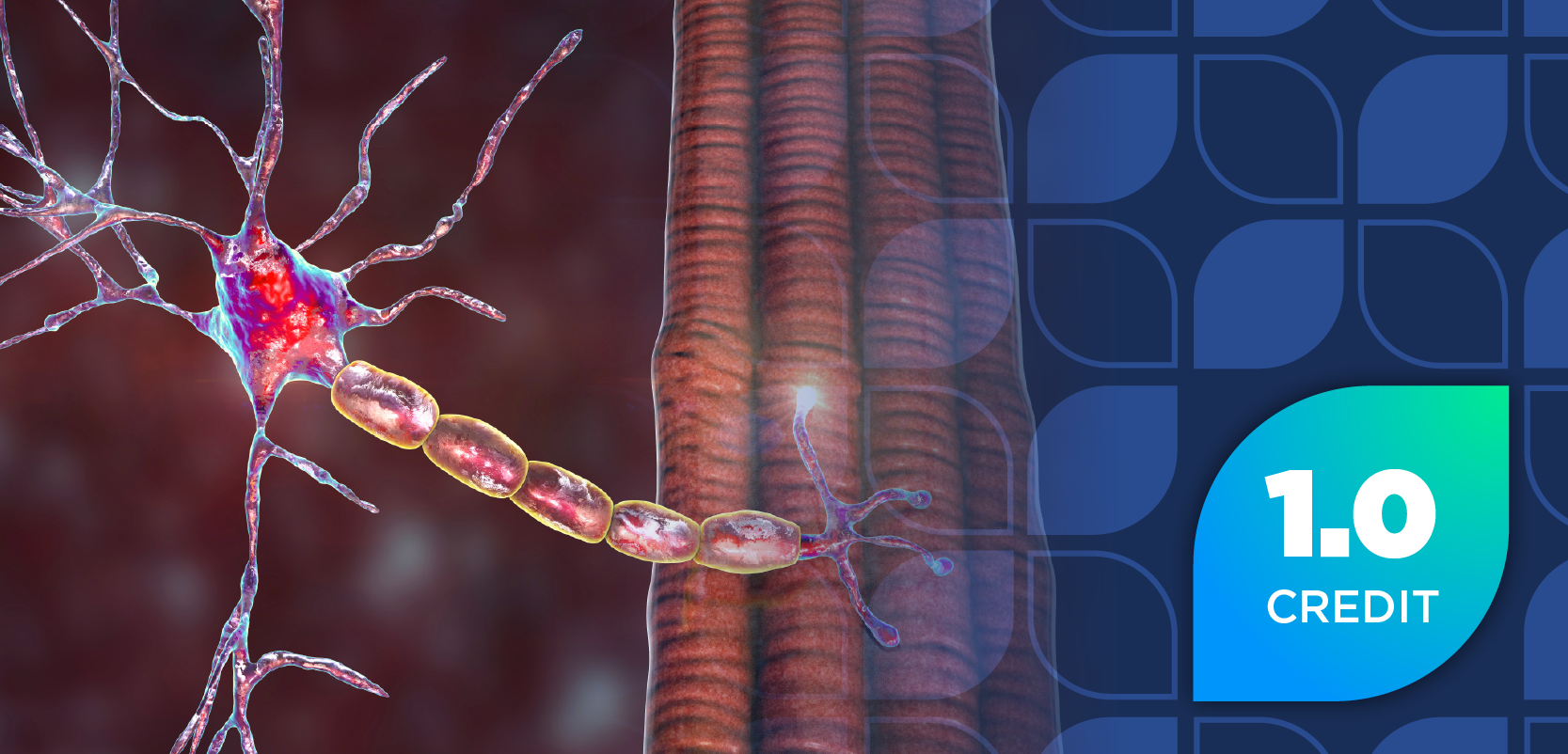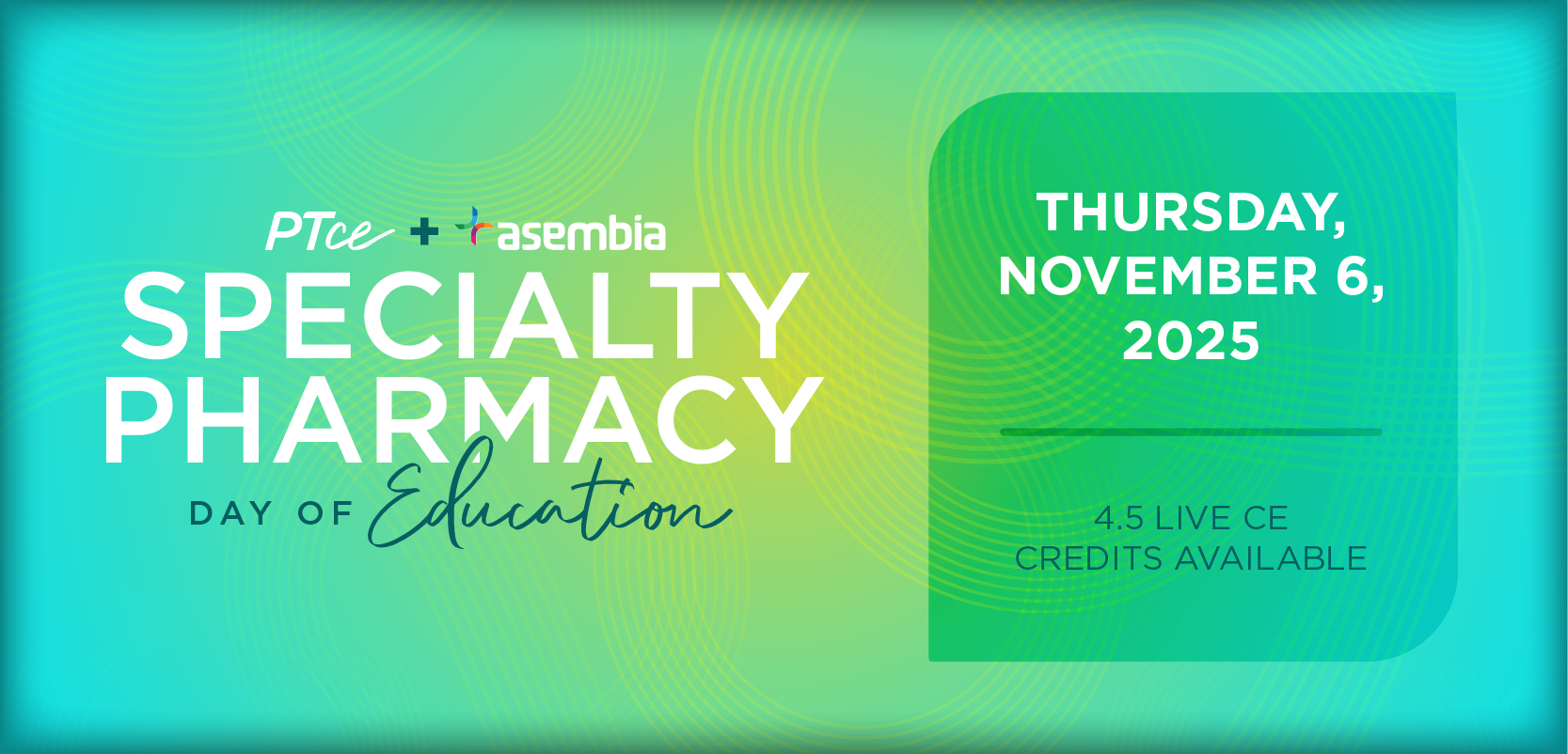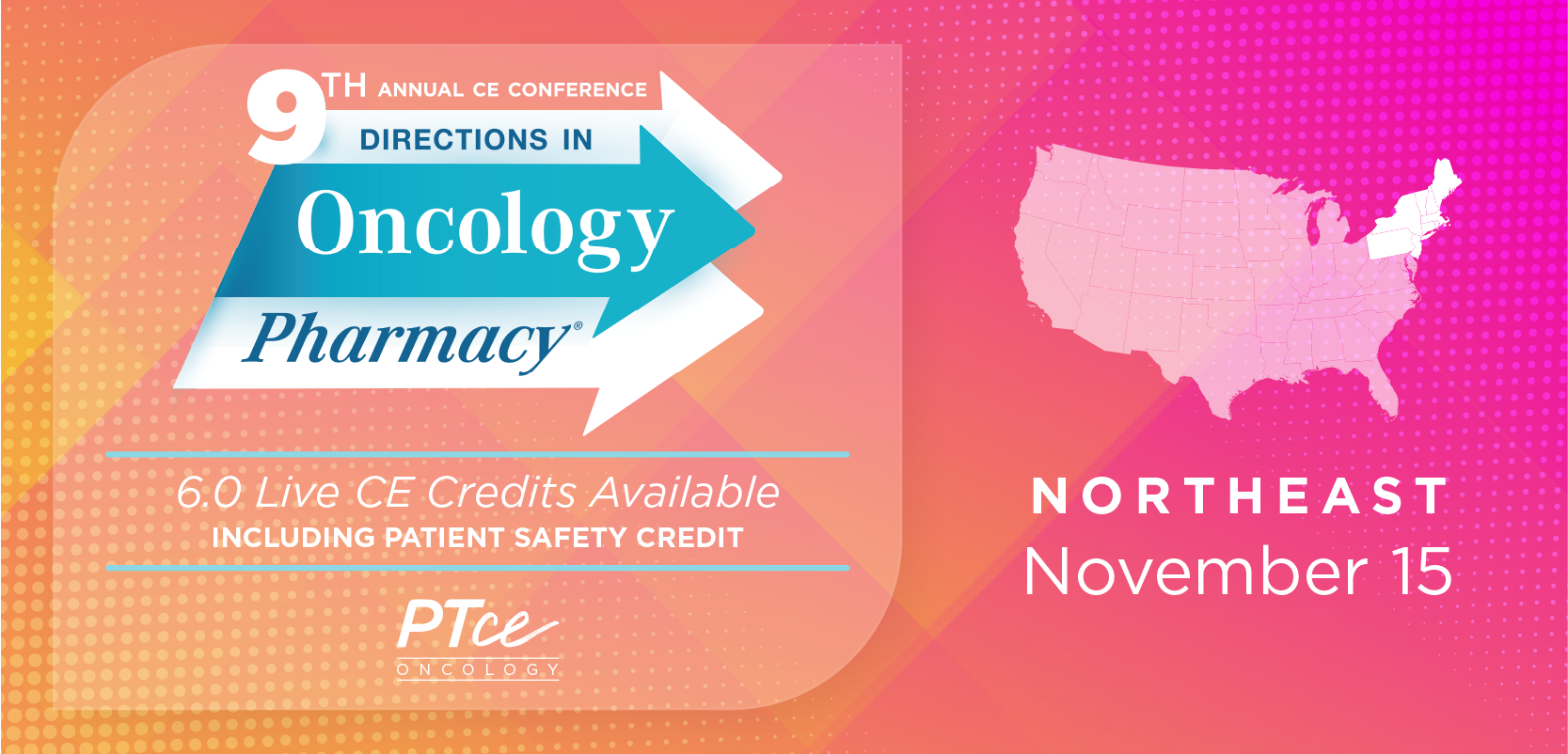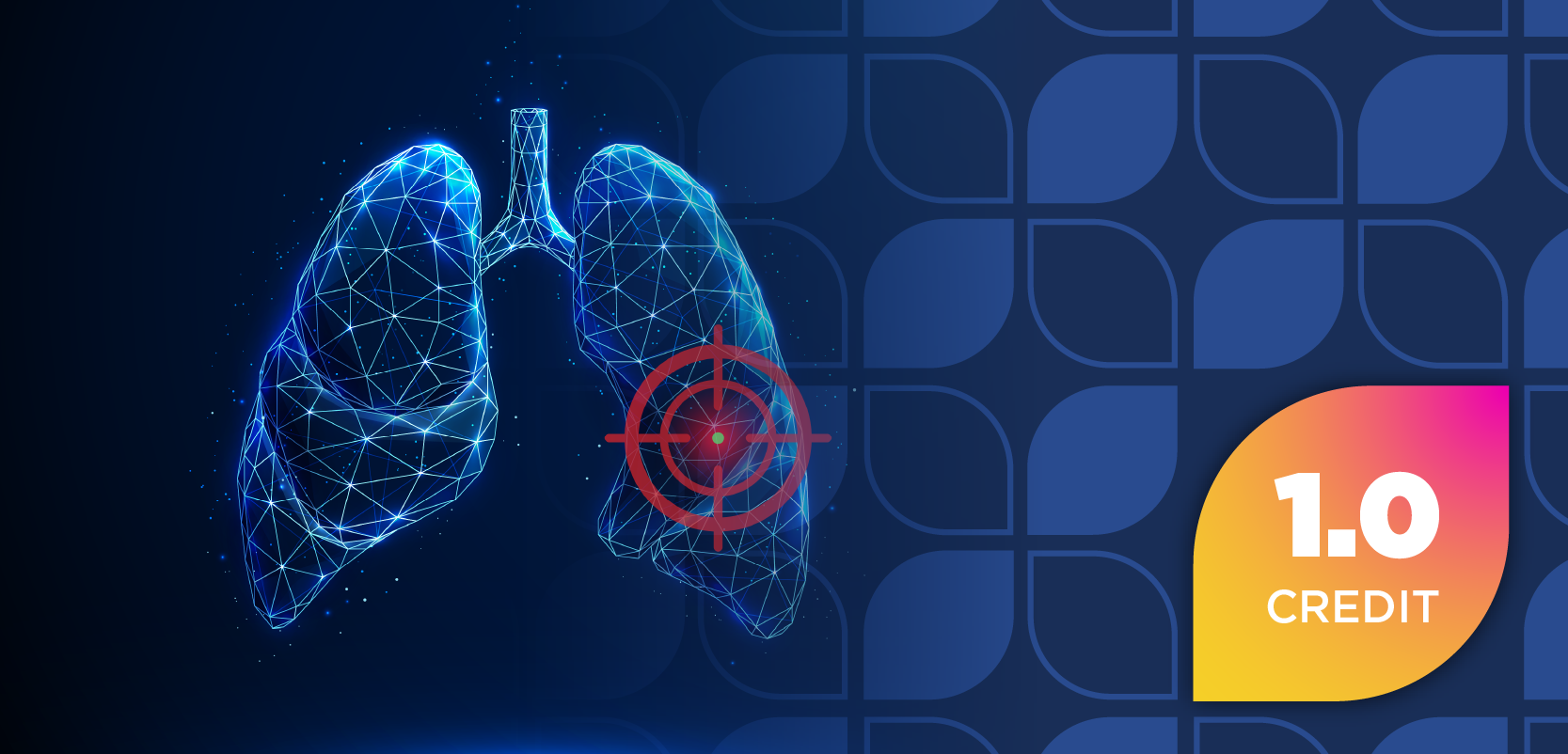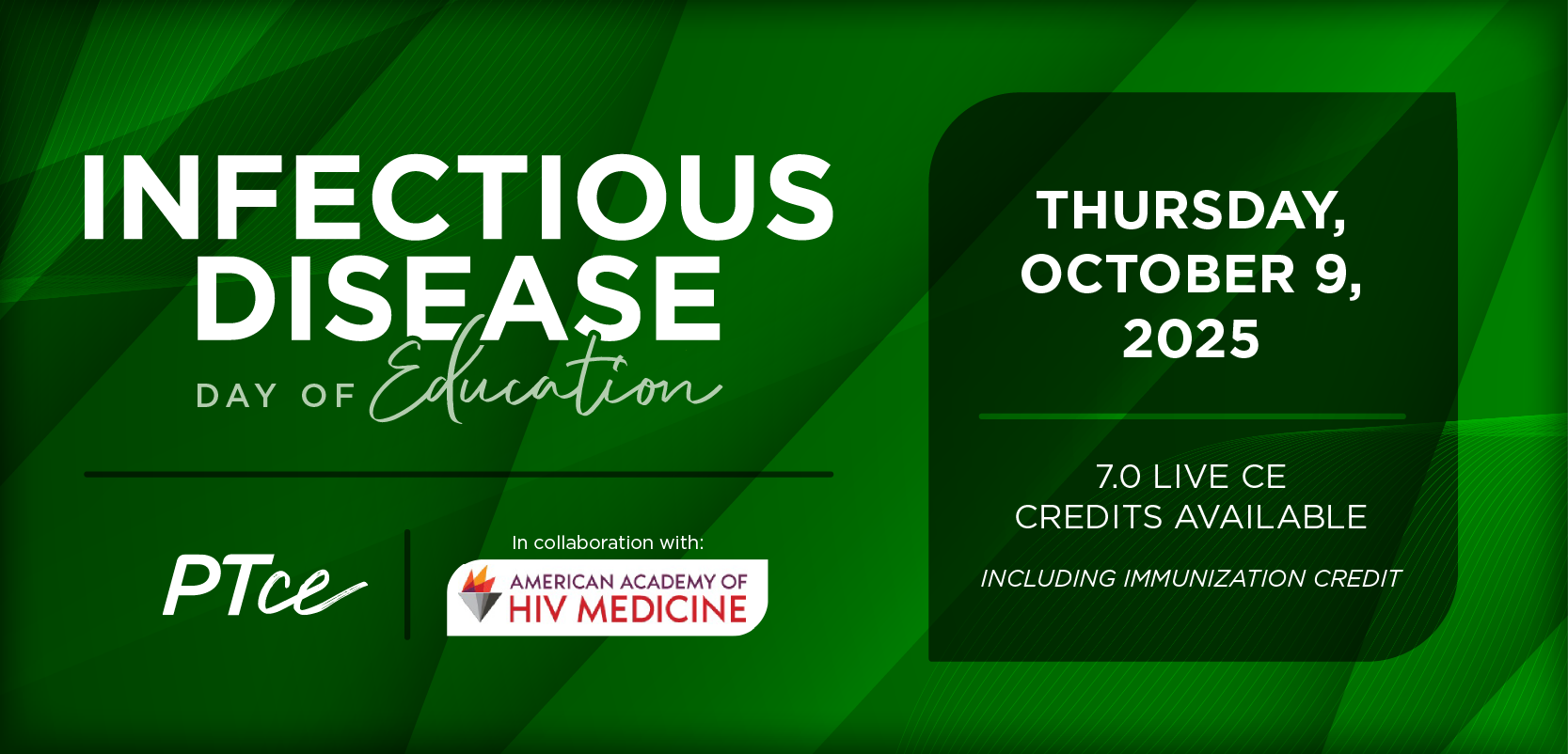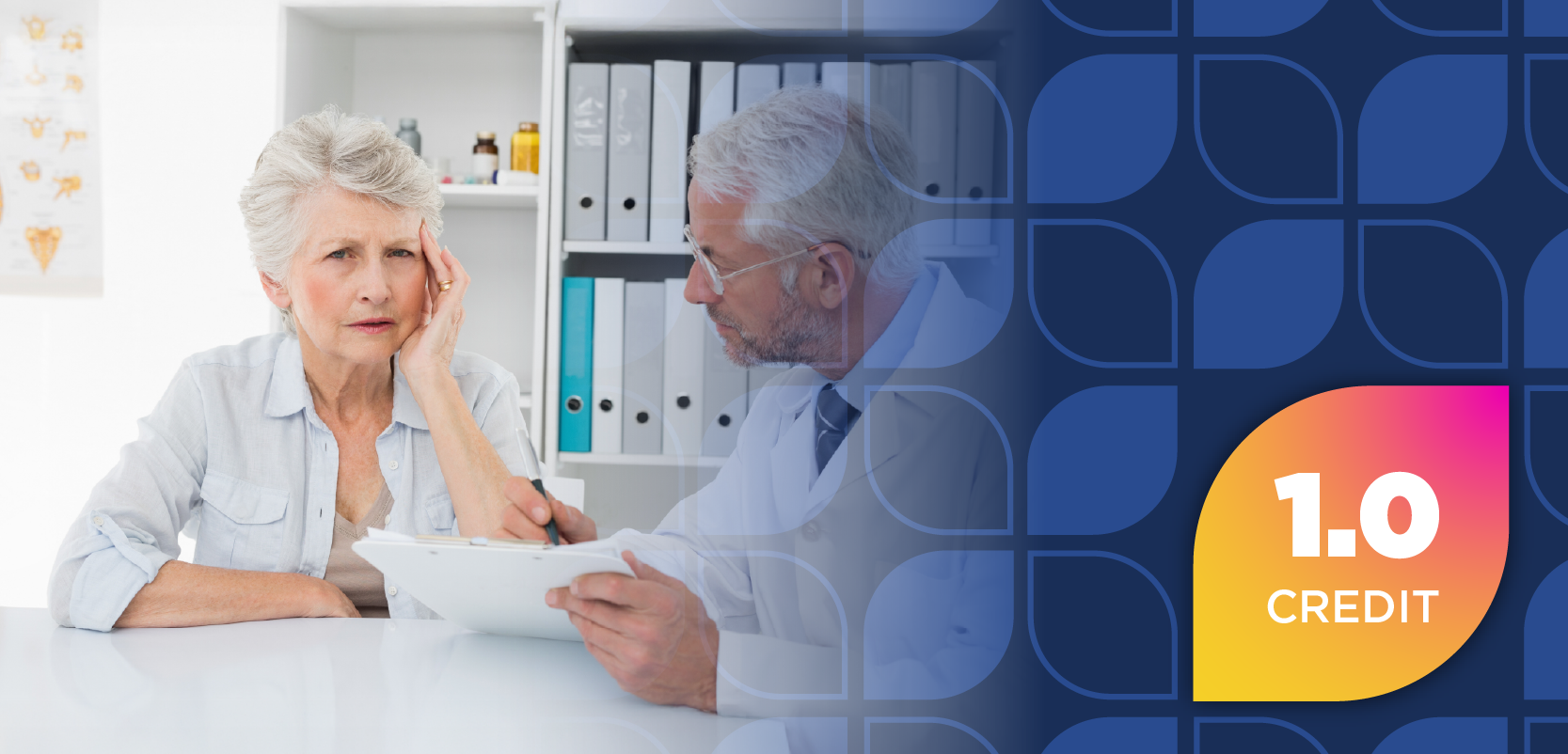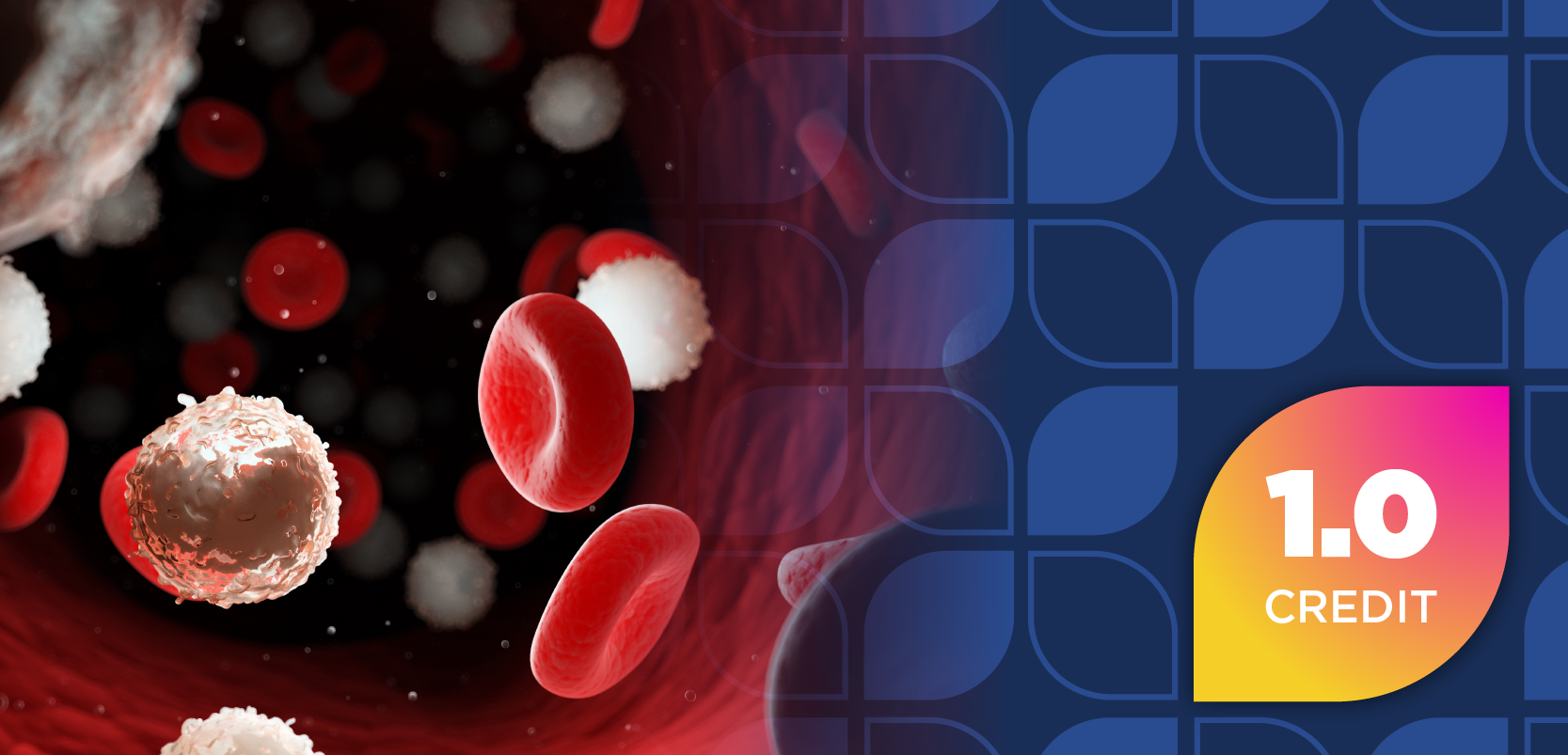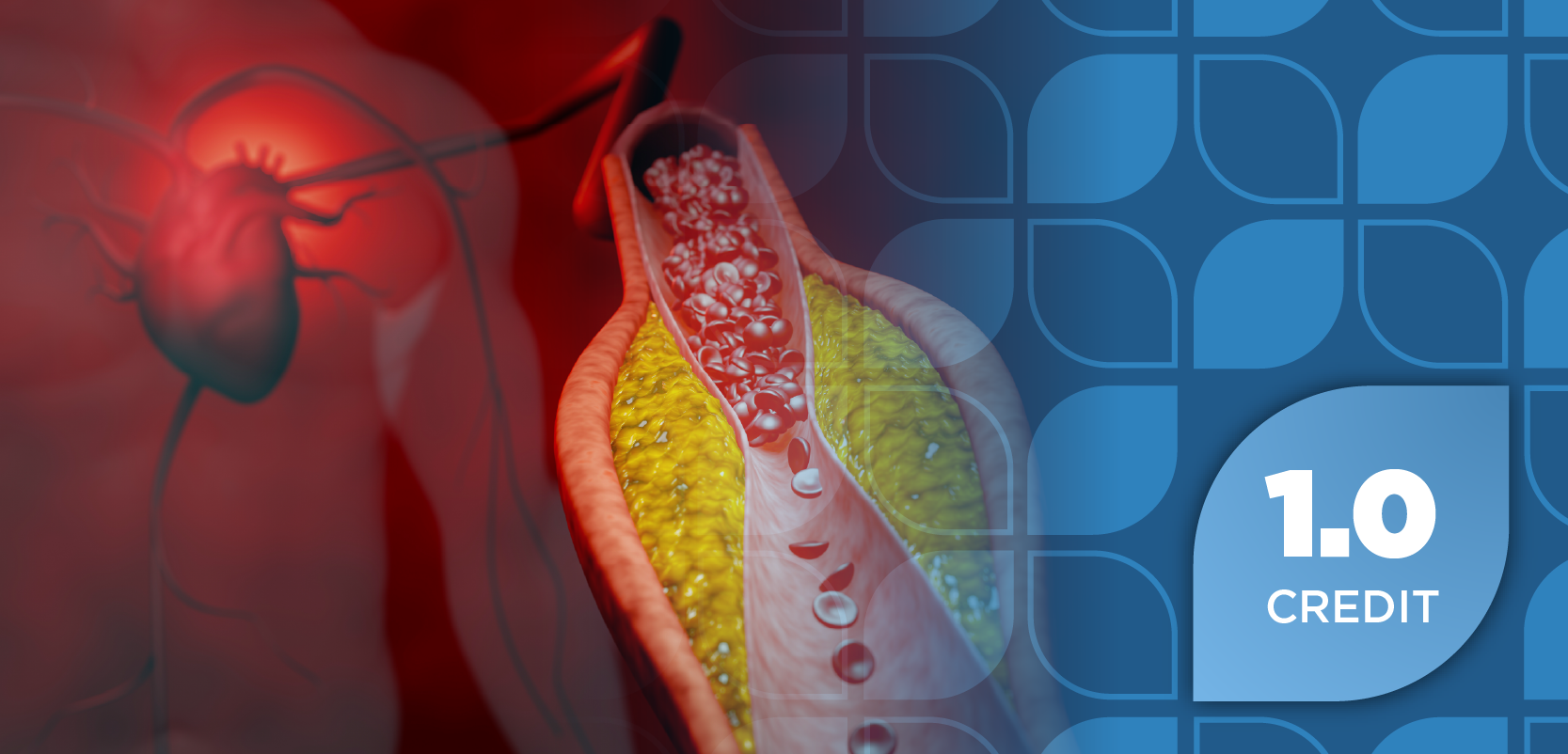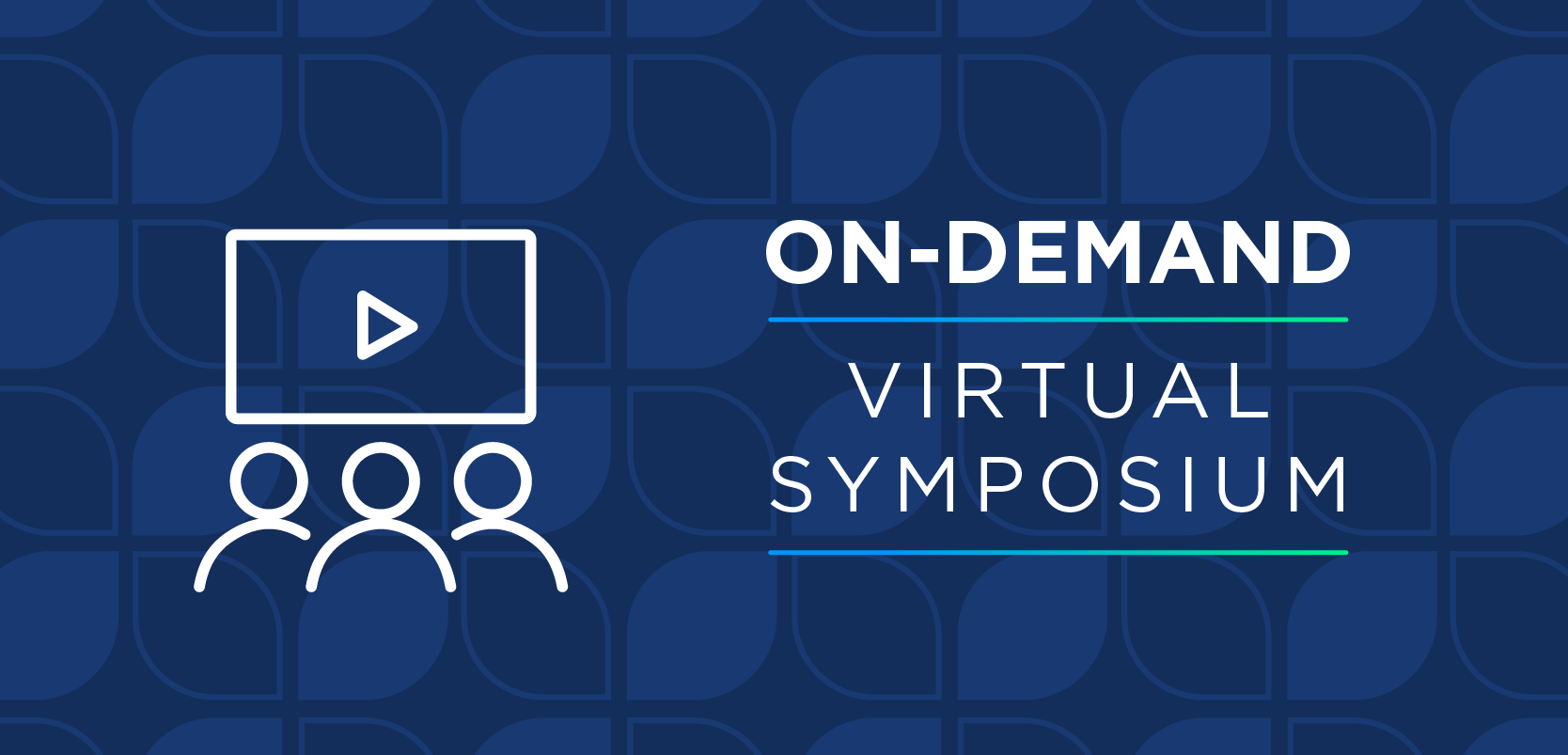
Expert Reviews New Data, Updates in Psychedelic Medicines
Sa'ed Al-Olimat, PharmD, also discussed the potentially groundbreaking shift for MDMA expected later in 2024.
In an interview with Pharmacy Times, Sa’ed Al-Olimat, PharmD, co-founder of the Psychedelic Pharmacists Association, discussed his presentation at the 2024 American Pharmacists Association Annual Meeting and Exposition. In addition to reviewing key psychedelic medicines under investigation for various uses in the US, Al-Olimat also discussed the potentially groundbreaking shift for MDMA expected later in 2024.
Q: How has psychedelics research become so much more widely discussed and accepted in recent years?
Sa’ed Al-Olimat, PharmD: After the Nixon Administration outlawed psychedelics, there was a major halt on the scientific and scientific evidence and research going on, and then it wasn't until the late 90s, early 2000s, where we do see a revival in this research, particularly focused on addressing mental health issues. So really picking up where we left off back in the 50s and 60s. You ask why this is more widely discussed and accepted in recent years, and it's because the scientific evidence continues to grow. We have observed [in] our nation, and really globally, we're going through a mental health crisis, and what we've been doing so far may not be enough to meet the needs of our patients with these unmet needs. This with the scientific evidence growing, with the mental health landscape somewhat declining, we're also seeing the regulatory changes take place with the FDA, granting breakthrough designation status for a variety few psychedelics for a variety of indications.
With that also comes the growing decriminalization movement, or really just the prioritization of certain psychedelics and a variety of municipalities. We’re also observing a couple of different states legalizing psychedelics, like so they conduct psilocybin services for those that are adults that want to partake in some type of psilocybin experience. There's a growing scientific evidence, we're observing a lot of regulatory changes take place that are very inclusive, and spotlight psychedelics as a positive thing versus as like a device to trip or escape. With that also comes the cultural shifts we're experiencing. Many people are interested in exploring new paths toward healing through their traumas, and access to psychedelic education is rapidly trending. We see it in news outlets, social media, books, but also a lot of popular streaming services are highlighting psychedelics via docuseries or documentaries. The number of psychedelic societies and clubs throughout the country is also growing, so more and more people are learning about psychedelics, wanting to learn more about psychedelics, and want to find the others to learn alongside with.
Q: Your session is titled "From Stigma to Science" - how does stigma around psychedelics affect their research and potential use?
Sa’ed Al-Olimat, PharmD: It directly affects research, in the fact that a lot of these psychedelics are considered schedule I substances with high addictive potential and no medical utility, that in and of itself, just be based off the way we need to conduct research limits the ability to conduct research. The stigma that we're experiencing from back in the 90s is having a huge impact on many institutions wanting to move the science forward, and I'm grateful that the FDA has granted breakthrough designation. With that said, because it's still a schedule I, due to a lot of the stigma we've experienced in this space, it is hard to continue pushing the needle forward because many people are suffering today, and they want to access today. But we do need to follow the right steps that are in place now following the science so that way we can actually research the potential uses here.
Q: What are some key psychedelic medicines being investigated, and what are they being investigated for?
Sa’ed Al-Olimat, PharmD: I'll start off with [3,4-methylenedioxymethamphetamine (MDMA)]. MDMA is being studied right now for its use in PTSD, or post-traumatic stress disorder. So there have been a handful of a few of phase 3 clinical trials with very successful results, and again, the FDA has granted breakthrough designation status to MDMA for PTSD. So we're hoping to see that be legalized sometime this year here in 2024.
The next compound I'll bring up is psilocybin. Psilocybin has 2 different indications that it was granted breakthrough designation status, one being major depressive disorder and two being treatment resistant depression. Lastly, we have [lysergic acid diethylamide (LSD)], which I believe more recently got granted that granted this designation status by the FDA for generalized anxiety disorder. So those are what the FDA has deemed as novel compounds that can better address the needs of for these indications relative to current treatments out there at this time.
With that said, ketamine is also spoken about quite a bit, and people argue whether or not it's a psychedelic like a true psychedelic. Regardless, it is also following a somewhat of a psychedelic care model where you do have preparation, the dose, the administration, and the integration afterward. But, of course, because it's off label, not many people will follow that, but some do, and it is being used off label for a variety of mental health conditions. Similarly to what I mentioned just earlier being depression, anxiety, and PTSD.
Q: Psychedelics are often grouped under the same umbrella, but what are key differences between these therapeutics? (Particularly ketamine, MDMA, and psilocybin)
Sa’ed Al-Olimat, PharmD: Ketamine is a dissociative anesthetic that blocks the NMDA receptor. Through this blockade, we can observe enhance glutamatergic activity which can lead to BDNF, or brain derived neurotrophic factor release. This supports neuroplasticity and neurogenesis throughout the brain. MDMA is essentially a psychedelic amphetamine. It's unique in that it binds to CERT, gets uptake into the presynaptic neuron, releases monoamines into the synaptic cleft, and it's again, it's a psychedelic amphetamine. So with that, it activates the 5HT2A receptor or the serotonin2A receptor, which is considered the psychedelic switch. With that activation, we also see the enhanced glutamatergic activity which can really lead to BDNF release, and neurogenesis and neuroplasticity, all that good stuff there.
Then psilocybin is a classical tryptamine-based psychedelic, it's a prodrug 2 psilocine. So psilocine also specifically mimics serotonin and bind to this area or activates a serotonin to a receptor to again have that glutamatergic activity, BDNF release, that which leads to neuroplasticity and neurogenesis are really just a more malleable state of consciousness to allow for different perspectives to take place, possibly, but the ability to have and practice habit change a bit more than more in a supportive way. So to really enable long lasting change. So these compounds, although they're very different, in terms of their mechanism of action, they're the categorization of these compounds, what they enable is for the patient to have this potentially altered state of consciousness, or enhance the state of consciousness, to allow for deeper insights to take place.
If they have had done the preparation and the intention setting, they have this dose day where their brain is stimulated. This allows for these insights to take place, from there, these insights you tied into the intentions, and now you have your integration. With the integration process, that's where the work begins is what a lot of people like to say. The integration is just as, or more important, relative to the dose day itself, because of the amount of true work that needs to take place to allow for the habit changes to produce changes in perception and perspective, to really manifest into one's life. So, so yeah, they're all different, but they all have a lot of overlap in terms of the key principles there.
Q: What do safety evidence show about the use of psychedelic medicines?
Sa’ed Al-Olimat, PharmD: The safety evidence, it's nice because when we when we're when folks research these compounds, it's not about taking them the same way we take general psychotropic medication like SSRIs or SNRIs. It’s not taken like 1 capsule or 1 tablet by mouth once daily for X amount of days. These protocols, they follow 1, 2, maybe 3 dose days, and in between those days, there is an extended period of time for that participant to integrate to reflect and to prepare, surrounding and after each dose day. Because of the limited amount of dose days that are that are taking place and the extensive preparation screening that goes in before each dose day and the integration follow up aftercare that takes place after the dose day, we don't really see any chronic conditions manifests or side effects manifests from these from these compounds. A lot of the side effects that are experienced are usually well tolerated and are acute, short acting, short lasting.
So the one thing that I will spotlight would be just like the “bad trip” being a side effect. With that said, many argue that a bad trip in and of itself is a good thing because it allows for you to really face a lot of the content that you've kept [or] unlocked in your subconscious that you haven't had time to face with. There’s a lot of debate about a good or bad trip, but it's truly when that bad trip isn't well controlled, and it can be can manifest into a potential like psychotic break. And if there's no set or setting in place, there's no support during the administration or around the administration day, that can be very, very consequential for the for the patient that takes a psychedelic that has this again, bad trip, with no one to support them through the process.
Other side effects that come up, of course, are like high blood pressure that are this limiting or transient, attacking cardio, sweating, mydriasis or dilation that pupils, but again, all of these can be dose dependent, but also self-limiting, and that there after the day is up, those side effects generally go away. Headache can also be observed, which is dose dependent. But again, after a day or so the headache would be gone. And not everyone will experience any headaches at all.
Q: The FDA has set a goal date this summer for a potential approval of MDMA in PTSD. How could this change the landscape for both mental health treatments and psychedelic-assisted therapies?
Sa’ed Al-Olimat, PharmD: I mean, it's going to completely change the game. I mean, we're looking at mental health treatments now being, whether it be psychotropic use, once daily dosing, with or without psychotherapy. Again, what we're seeing with psychedelic-assisted therapies is the ability to have 1, 2, maybe 3 sessions, of course, the talk therapy embedded throughout that process. But really, it's about empowering the patient to take ownership over their own healing, to not passively cope through SSRIs or SNRIs. But to actively cope during the sessionand beyond to really work through whatever they're trying whatever they want to work through. Of course, the people will say the medicine gives you what you need, not what you're looking for, but the end of the day, based off of the results in these clinical trials, based off the anecdotal evidence, we see in the variety of communities around the country, around the world, I really believe that this can completely change the landscape for both mental health treatments and psychedelic-assisted therapies because of the sustainability factor. People aren't resorted to taking a capsule or tablet once a day, for forever. Then the process of weaning people off of those compounds to can be very challenging. It can be very tough for folks, especially in a such a high paced society that we find ourselves in to where if you do try and alter your dosing scheme to get off, it can lead to it can lead to a lack of productivity, a lack of emotional stability, and that's tough when we're working full-time jobs and balancing all the other things we have going on. I really look at this as a way to truly support one's self-empowerment, to find their own inner healer, the healer within them.
Newsletter
Stay informed on drug updates, treatment guidelines, and pharmacy practice trends—subscribe to Pharmacy Times for weekly clinical insights.

